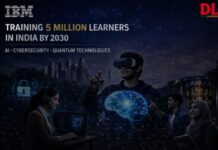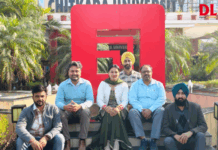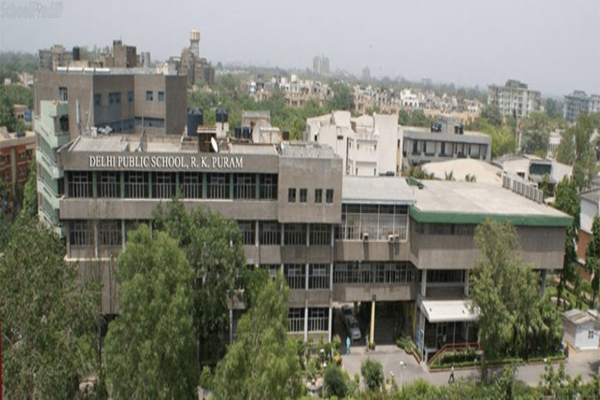Innovation in process, Excellence in results and Values in practice- with this mission Hurix Systems, the Indian multinational has continuously been trying to shape the Gen-next e-learning since year 2001. Hurix offers a complete suite of services with flexible solutions that address specific e-learning needs and challenges. The man at Hurix behind the strong understanding of learner needs and industry requirements, Subrat Mohanty, Chief Executive Officer, gives an update on products, people and systems. With over nine years of technology-based training experience, Subrat is now looking forward to simulations and virtual labs for Hurix. Gizmo-crazy Subrat also dreams to set up a personal robotics lab.
? Could you elaborate on the kind of e-learning activities Hurix systems is engaged in?
Hurix is a one-stop shop for end-to-end learning solutions. We specialise in providing thought-partnership to our clients to formulate and implement the learning solutions that integrate their business and people strategies.
We help enterprises assess its learning requirements and then use our skills and experience to design, create, and implement the perfect solution to meet those requirements. Our complete e-learning solutions are judicious blends of technology based and instructor led trainings. They are the perfect fit between technology, audience, learning objectives, and content in the most useful, efficient, and cost-effective manner.
The services we offer in the e-learning sphere can be divided into content and technology solutions. These include curriculum design, content development, content integration, content migration, content manage-ment services, application design, development, and deployment.
Our clients belong to a vastly diverse set of industries such as Educational Publishing, Aviation, Healthcare and Pharma, and Hi-tech.
? Why did Hurix choose to work in education?
Hurix was founded by people with the twin passions of education and technology. Globally, education is poised on the cusp of great change. The coming years will see the world teach and learn in new ways that are inconceivable for the vast majority of people today. The various elements that define the way people learn are metamorphosing to open up the whole new worlds of possibilities. More than anything else, the power of technology will be harnessed to faci-litate empowerment through learning. We believe there is tremendous opportunity for innovative products and services during these times of change and as a business it is our goal to address these opportunities with world class services.
? Hurix has multiple development centers in India. Do you have any specific reasons? Kindly brief us about the geographical presence of Hurix, and the further expansion plans, if any.
Multiple geographical centers are mandatory to facilitate disaster recovery and redundancy. We have 2 development centers in Mumbai and 2 more in Chennai. We have found the right balance of infrastructure, availability of resources and cost in these cities. We are also looking at other cities for our future expansion. We are evaluating Delhi (we have small office in Delhi Currently). Some of the other cities we are considering include Kolkata and Pune.
? How different are the Indian e-learning initiatives and foreign ones?
e-learning is a means to an end, a tool if you will. The way it is used depends on what it is being used for. Since it is given that every country would have its own peculiar challenges and needs where teaching and learning are concerned, it follows that no e-learning initiative can be a copy of other. Therefore, an Indian e-learning initiative, by definition, is bound to be different from foreign ones.
As things stand, however, the biggest difference, of course, is in the degree of maturity: in India it is still just emerging, whereas especially in the US and Europe it is a lot more prevalent. Although e-learning is still making great strides in those markets, and there is a lot more that can be done, they are still years, perhaps decades ahead of us.
Perhaps the most telling comment would be that the overwhelming majority of work being done in e-learning in India is targeted at global audiences.
? How did you succeed in establishing a place for Hurix in this global niche market of e-learning? What has been your forte in this sector?
Hurix is much more than services and solutions. Our forte is Thought Partnership. From the beginning, we have made it a point to look beyond the immediate task given to us by our clients. We always make the effort to understand the business goals of our clients. We deploy high quality assets and resources to help our client create a solution that complements their business strategy, and then formulate the perfect technology and learning strategy that address the business problem.
This has helped us to consistently exceed client expectations and create exceptionally robust client relation-ships that stand the test of time.



















